Study, work or travel in the UK. British
culture and life.


Visit Bath (England)
|
|
Study, work or travel in the UK. British
culture and life.
|
|
||
|
|
|
|
||
 |
||||
|
|
||||
 |
||||
|
Visit Bath (England)
|
||||
|
Sections:
|
Introduction |
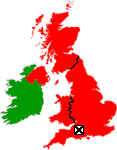 |
| How to visit | ||
| City tours | ||
| Bath Abbey | ||
| Roman Baths | ||
| Thermae Bath Spa | ||
| Georgian architecture & life | ||
| Town centre | ||
| Riverside | ||
| Boat trips | ||
| Teatime | ||
| Farmers market | ||
| Christmas market | ||
| Links |
|
INTRODUCTION
|
 |
Bath (guide book for tourists) Author: Annie Bullen Publisher: Pitkin Unichrome Date: April 2007 |
 |
The
Naked Guide to Bath (guide book for tourists) Author: Gideon Dean Kibblewhite Publisher: Naked Guides Ltd Date: June 2005 |
 |
Bath Author: Kirsten Elliott Publisher: Frances Lincoln Publishers Date: April 2004 |
 |
Bath
& Surroundings (guide book for tourists) Publisher: Insight Guides Date: March 2004 |
|
HOW TO VISIT
|
|
CITY TOURS
|
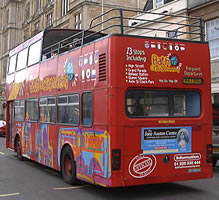 Sightseeing bus |
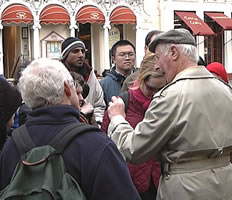 Guided walking tours |
 There are many places to see! |
|
BATH ABBEY
|
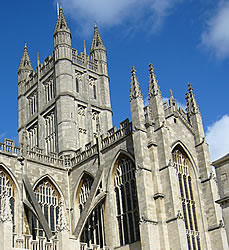 View of the abbey's tower |
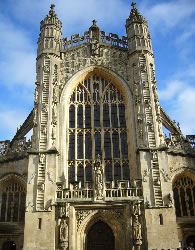 West front |
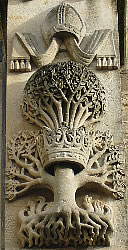 Bishop Oliver King |
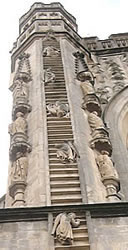 Jacob's Ladder |
|
ROMAN BATHS
|
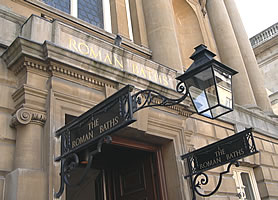 Entrance to the Roman Baths |
 Audio guide |
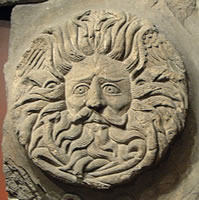 Gorgon's head in the temple (a symbol for the goddess) |
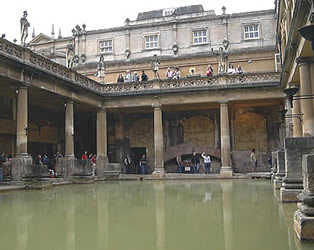 The Great Bath (the lower section is Roman, the pillars and statues were added by the Victorians) |
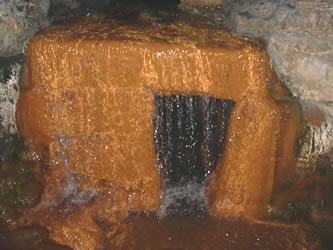 The Roman overflow system for the Sacred Spring (excess water drains out to the River Avon) |
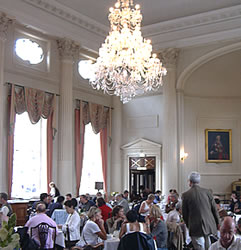 People have lunch or tea in the Pump Room |
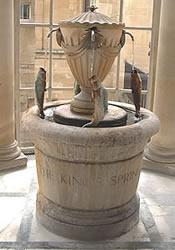 The King's Spring: you can buy a glass of the hot waters |
|
THERMAE BATH SPA
|
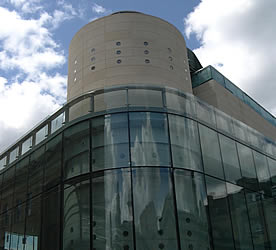 The new Thermae Bath Spa building (opened in August 2006) |
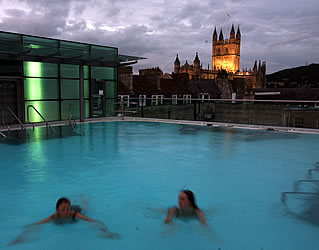 Open air pool on the roof (overlooking Bath Abbey) |
|
GEORGIAN ARCHITECTURE & LIFE
|
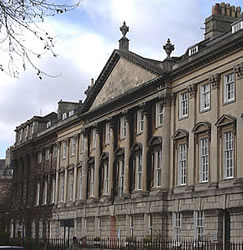 Queen Square (north front) |
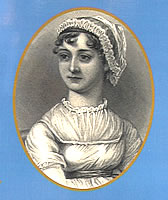 Jane Austen |
 |
Northanger
Abbey (book) Author: Jane Austen Publisher: Penguin Books Date: May 1994 Video (BBC adaptation) |
 |
Persuasion
(book) Author: Jane Austen Publisher: Penguin Books Date: May 1994 DVD or Video (BBC adaptation) |
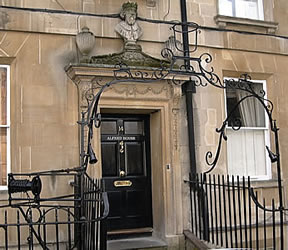 Alfred Street |
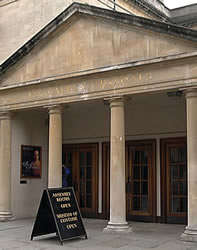 Assembly Rooms & Museum of Costume |
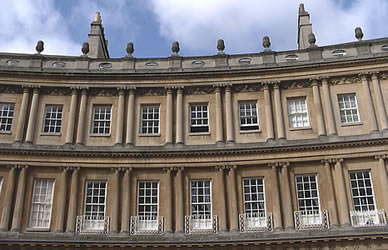 The Circus |
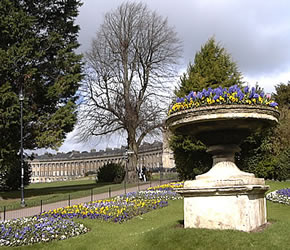 Georgian Garden |
 The Royal Crescent |
|
TOWN CENTRE
|
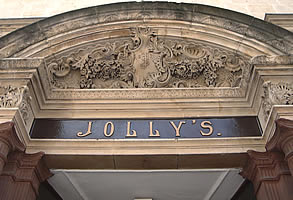 Jolly's Department Store |
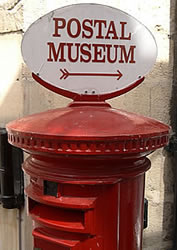 Postal Museum |
|
RIVERSIDE
|
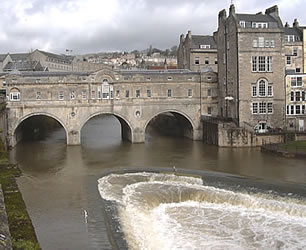 Pulteney Bridge |
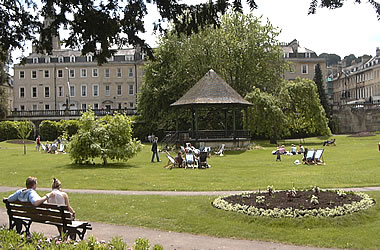 Parade Gardens |
|
BOAT TRIPS
|
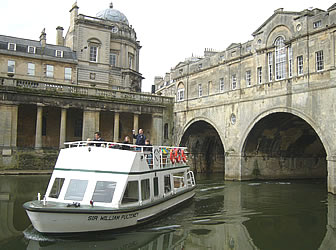 Boats start near Pulteney Bridge |
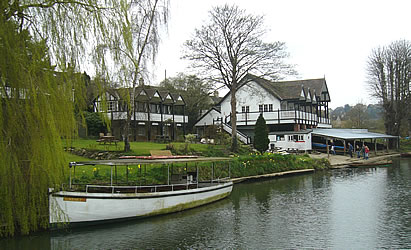 Bath Boating Station (built in 1833) |
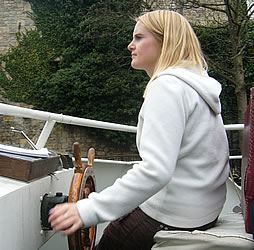 |
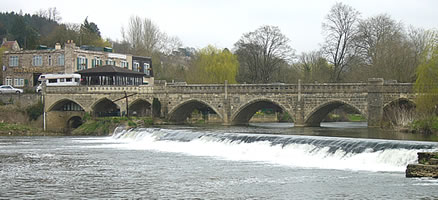 Bathampton Weir and toll bridge (known as the "Plasticene Bridge"), linking Batheaston to Bathampton |
|
TEATIME
|
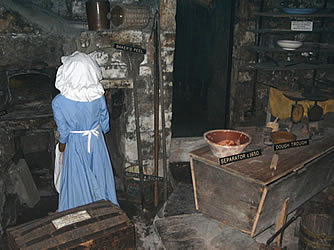 Kitchen museum: Sally Lunn at work |
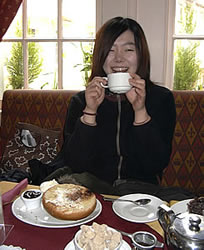 Taking tea with a Sally Lunn bun |
|
FARMERS MARKET
|
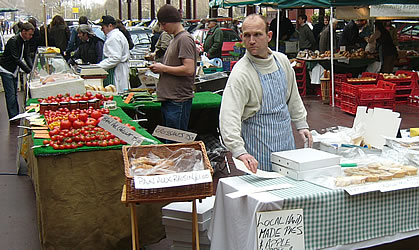 Stalls at the farmers' market |
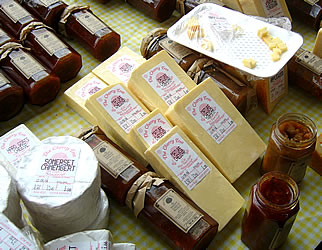 Local cheeses and chutneys |
|
CHRISTMAS MARKET
|
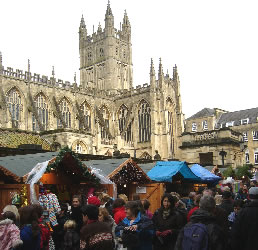 |
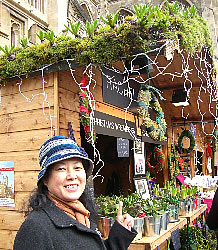 |
 |
|
FURTHER INFORMATION
|
|
Lonely Planet verdict: Bath
"For more than 2000 years, the city's fortune has revolved around its hot springs and the visitors that the water has attracted: the wealth begat building and the glorious Georgian architecture that has won Bath Unesco World Heritage Site status ... Like Florence, Bath is an architectural gem ... When sunlight brightens the honey-coloured stone, and buskers and strollers fill the streets and line the river, only the most churlish would deny its charm ... Once you have finished eyeballing past glories, today's Bath also has restaurants and bars to compete with the best" (extracts from "Lonely Planet Great Britain - 2003 edition", used with permission) |
|||
 |
Lonely
Planet Great Britain Publisher: Lonely Planet Publications Date: May 2009 |
 |
Lonely
Planet England Publisher: Lonely Planet Publications Date: March 2009 |
|
|
|